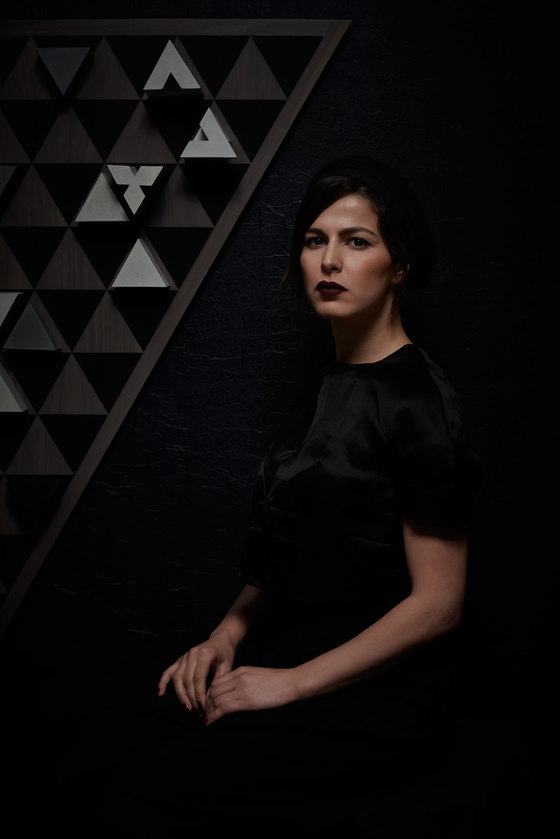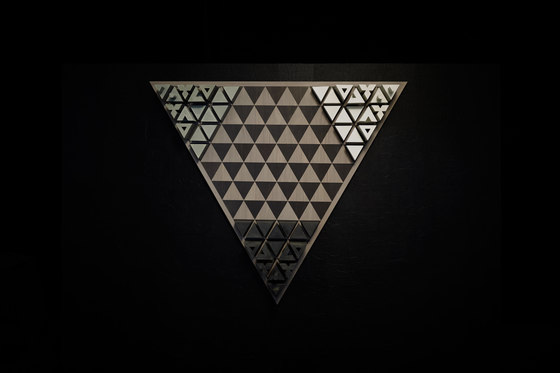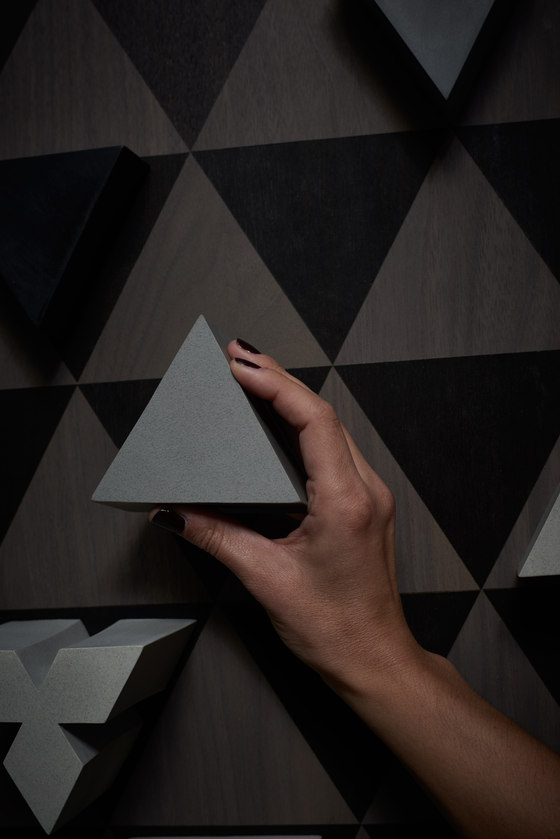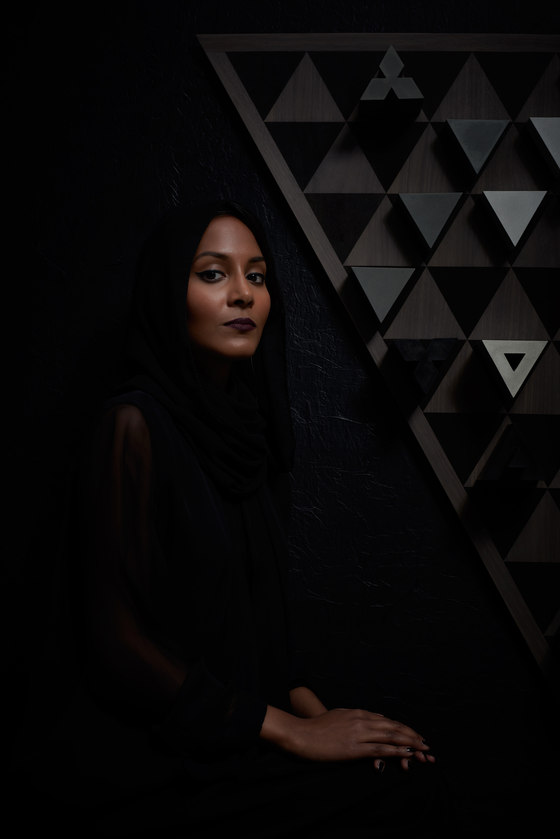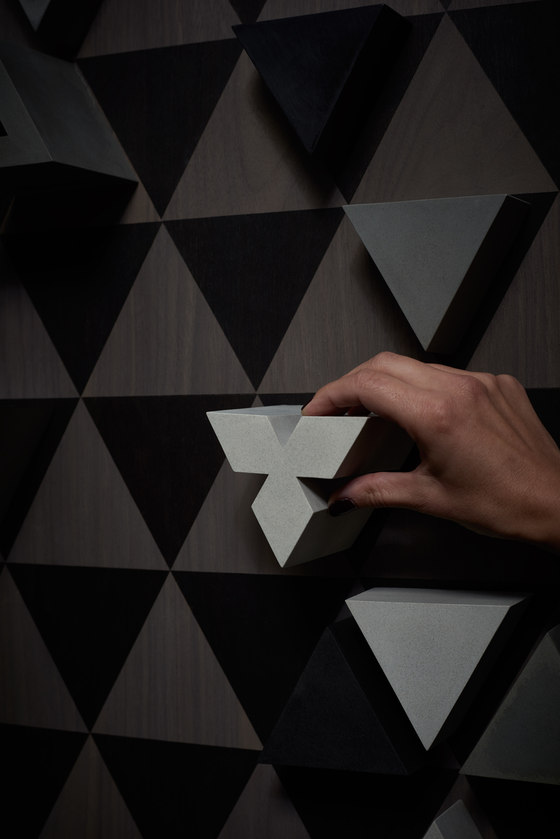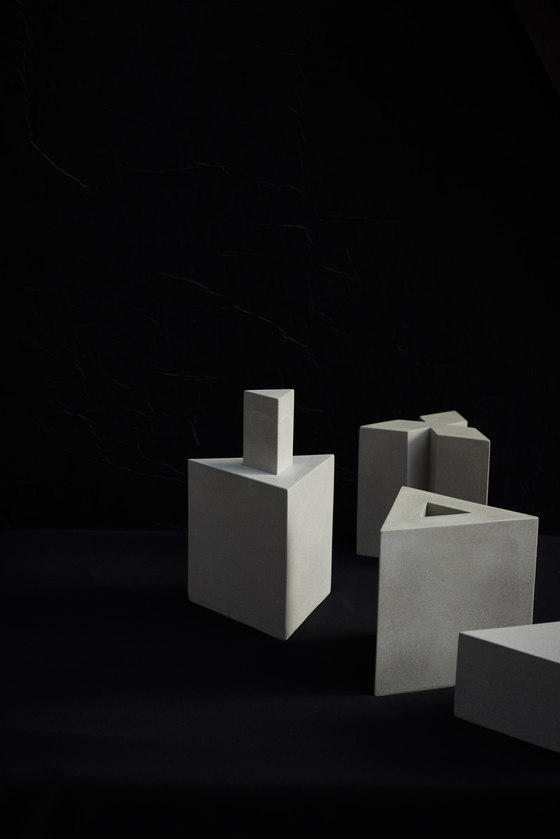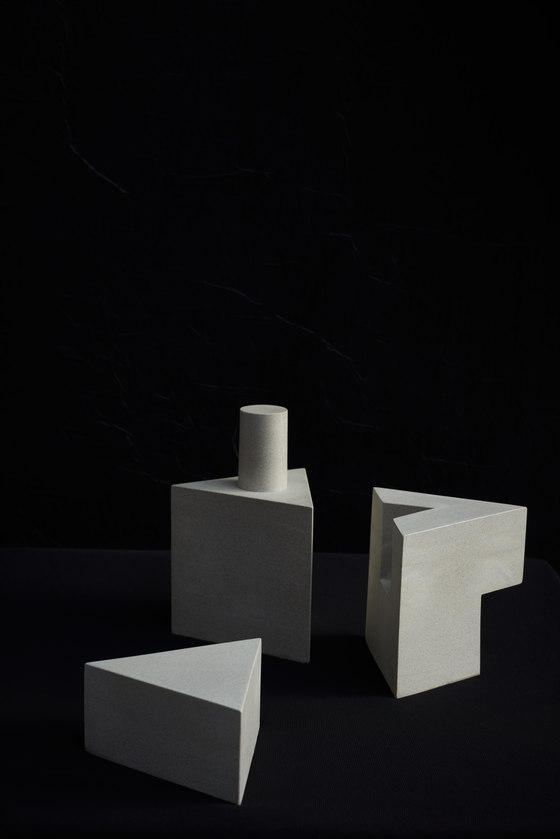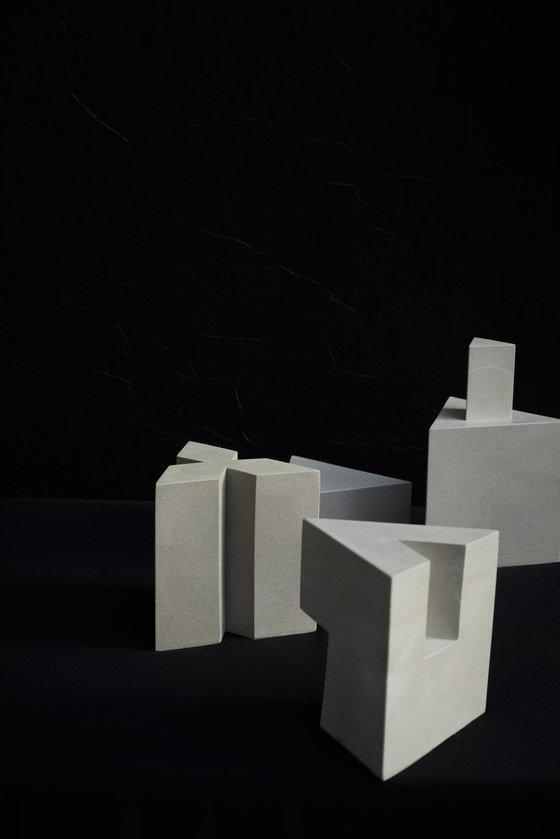With her triangular chess set, inspired by Moorish geometric patterns, Siba refers to the extraordinary history of a game which has evolved through the interweaving of Eastern and Western influences. Chess is one of the world’s most popular games and one of the oldest board games. The word ‘chess’ derives from the Persian word ‘shah’ which means ‘king’. Although there is little known about its early history, chess is believed to have originated in India (280–550 CE).
The game then spread from the Middle East throughout Europe via Italy and Spain in the 11th century, among others though the Muslim cultural domain of Spain and Portugal (‘Al-Andalus’ 711–1492). The current form of chess was developed in Spain in the 16th century when the queen became the most powerful piece; able to move any number of squares vertically, horizontally or diagonally. With the birth of the queen, the game has gained tremendous popularity.
In 1971, Robert Zubrin invented a new variation of the game, which can be played by three parties. Siba developed her geometric design for this so-called ‘trichess’ by taking inspiration from Moorish patterns found in Andalusian architecture. The 48 pawns of the game are made from a mix of resin and chalk and have the appearance of stone. The over-sized chess game includes a magnetic system that allows for hanging the centrepiece on a wall.
Siba Sahabi
